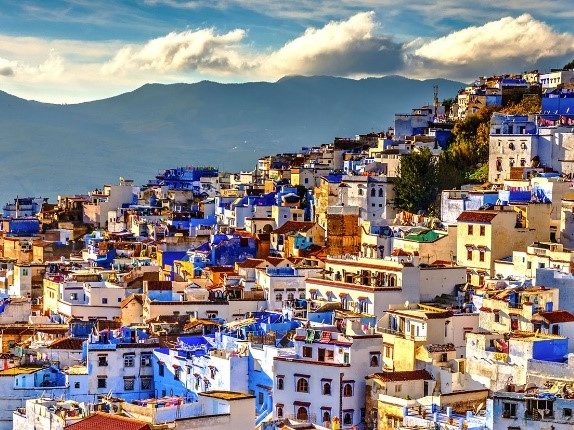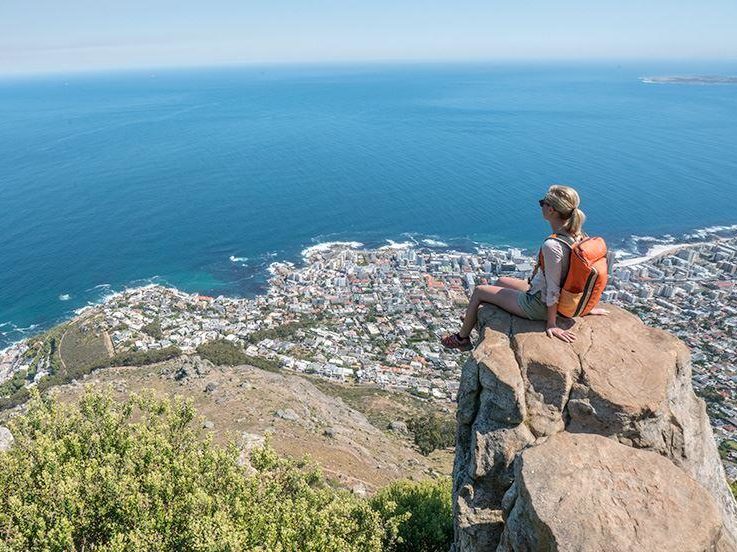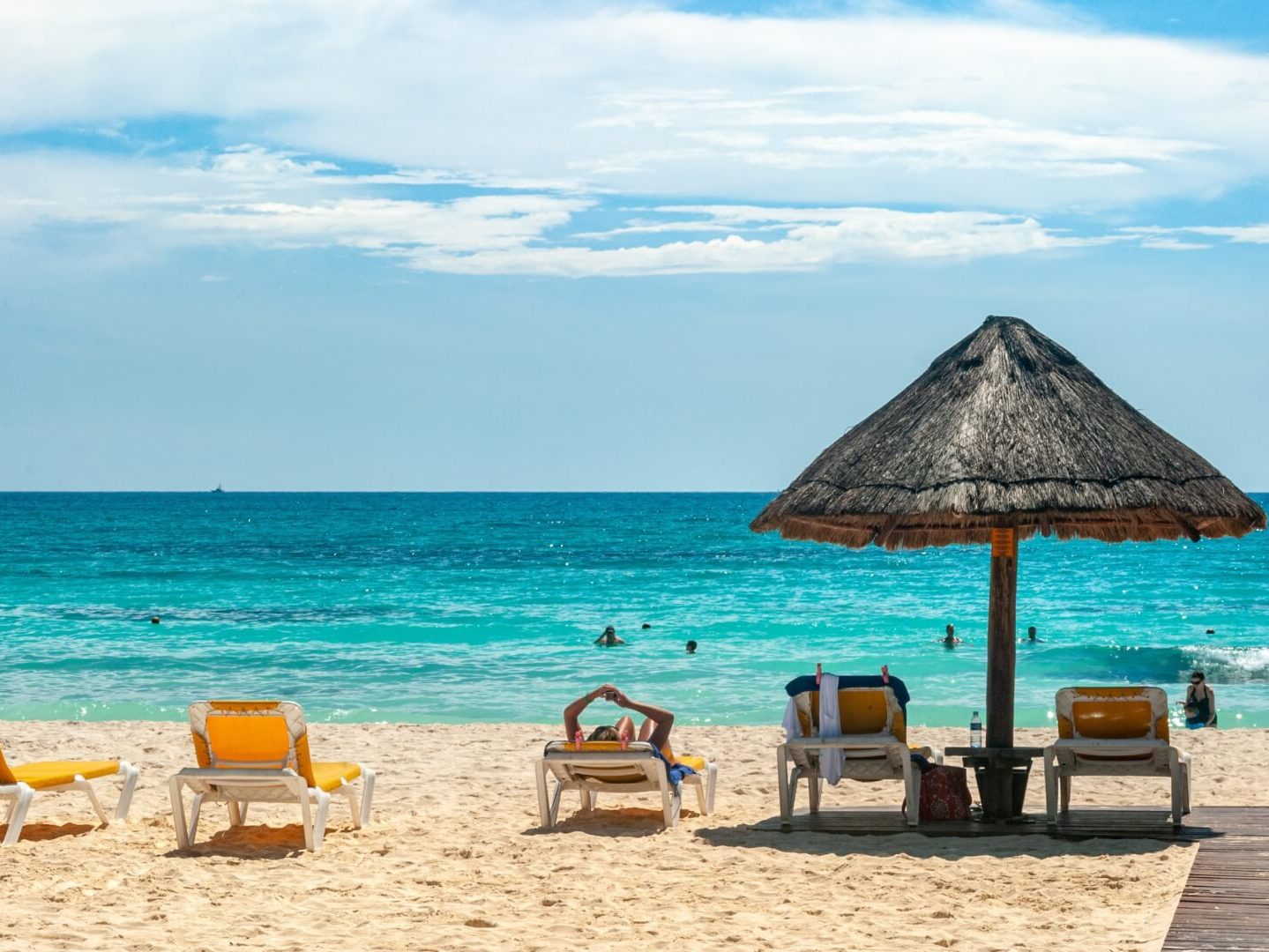Rio de Janeiro
Rio de Janeiro or simply Rio, is the second-most populous city in Brazil and the sixth-most populous in the Americas. Rio de Janeiro is the capital of the state of the same name, Brazil’s third-most populous state, after São Paulo and Minas Gerais. Part of the city has been designated as a World Heritage Site, named “Rio de Janeiro: Carioca Landscapes between the Mountain and the Sea”, on 1 July 2012 as a Cultural Landscape.
Founded in 1565 by the Portuguese, the city was initially the seat of the Captaincy of Rio de Janeiro, a domain of the Portuguese Empire. In 1763, it became the capital of the State of Brazil, a state of the Portuguese Empire. In 1808, when the Portuguese Royal Court moved to Brazil, Rio de Janeiro became the seat of the court of Queen Maria I of Portugal. She subsequently, under the leadership of her son the prince regent João VI of Portugal, raised Brazil to the dignity of a kingdom, within the United Kingdom of Portugal, Brazil, and Algarves. Rio remained as the capital of the pluricontinental Lusitanian monarchy until 1822, when the War of Brazilian Independence began.
This is one of the few instances in history that the capital of a colonizing country officially shifted to a city in one of its colonies. Rio de Janeiro subsequently served as the capital of the independent monarchy, the Empire of Brazil, until 1889, and then the capital of a republican Brazil until 1960 when the capital was transferred to Brasília.
Parks
The city has parks and ecological reserves such as the Tijuca National Park, the world’s first urban forest and UNESCO Environmental Heritage and Biosphere Reserve; Pedra Branca State Park, which houses the highest point of Rio de Janeiro, the peak of Pedra Branca; the Quinta da Boa Vista complex; the Botanical Garden; Rio’s Zoo; Parque Lage; and the Passeio Público, the first public park in the Americas. In addition the Flamengo Park is the largest landfill in the city, extending from the center to the south zone, and containing museums and monuments, in addition to much vegetation.
Barra da Tijuca region
This is an elite area of the West Zone of the city of Rio de Janeiro. It includes Barra da Tijuca, Recreio dos Bandeirantes, Vargem Grande, Vargem Pequena, Grumari, Itanhangá, Camorim and Joá. Westwards from the older zones of Rio, Barra da Tijuca is a flat complex of barrier islands of formerly undeveloped coastal land, which constantly experiences new constructions and developments. It remains an area of accelerated growth, attracting some of the richer sectors of the population as well as luxury companies. High rise flats and sprawling shopping centers give the area a far more modern feel than the crowded city center.
The urban planning of the area, completed in the late 1960s, mixes zones of single-family houses with residential skyscrapers. The beaches of Barra da Tijuca are also popular with the residents from other parts of the city. One of the most famous hills in the city is the 842-meter-high (2,762-foot) Pedra da Gávea (Crow’s nest Rock) bordering the South Zone. On the top of its summit is a huge rock formation (some, such as Erich von Däniken in his 1973 book, In Search of Ancient Gods, claim it to be a sculpture) resembling a sphinx-like, bearded head that is visible for many kilometers around.
Social issues
There are significant disparities between the rich and the poor in Rio de Janeiro, and different socioeconomic groups are largely segregated into different neighborhoods. Although the city clearly ranks among the world’s major metropolises, large numbers live in slums known as favelas, where 95% of the population are poor, compared to 40% in the general population.
There have been a number of government initiatives to counter this problem, from the removal of the population from favelas to housing projects such as Cidade de Deus to the more recent approach of improving conditions in the favelas and bringing them up to par with the rest of the city, as was the focus of the “Favela Bairro” program and deployment of Pacifying Police Units.
Rio has more people living in slums than any other city in Brazil, according to the 2010 Census. More than 1,500,000 people live in its 763 favelas, 22% of Rio’s total population. São Paulo, the largest city in Brazil, has more favelas (1,020), but proportionally has fewer people living in favelas than Rio.
Music
The official song of Rio de Janeiro is “Cidade Maravilhosa”, which means “marvelous city”. The song is considered the civic anthem of Rio, and is always the favorite song during Rio’s Carnival in February. Rio de Janeiro and São Paulo, are considered the center of the urban music movement in Brazil.
“Rio was popularized by the hit song “The Girl from Ipanema”, composed by Antônio Carlos Jobim and Vinicius de Moraes and recorded by Astrud Gilberto and João Gilberto, Frank Sinatra, and Ella Fitzgerald. It is also the main key song of the bossa nova, a music genre born in Rio. A genre unique to Rio and Brazil as a whole is Funk Carioca. While samba music continues to act as the national unifying agent in Rio, Funk Carioca found a strong community following in Brazil. With its genesis in the 1970s as the modern black pop music from the United States, it evolved in the 1990s to describe a variety of electronic music associated with the current US black music scene, including hip hop, modern soul, and house music.”
Brazil’s return to democracy in 1985 allowed for a new music expression which promoted creativity and experimentation in expressive culture, in a wave of Rock’n’roll that swept the 80s. Lobão emerged as the most legendary rocker in Brazil.[156] Commercial and cultural imports from Europe and North America have often influenced Brazil’s own cultural output. For example, the hip hop that has stemmed from New York is localized into forms of musical production such as Funk Carioca and Brazilian hip hop. Bands from Rio de Janeiro also had influence in the mid-to-late development of the Punk in Brazil, and that of Brazilian thrash metal. Democratic renewal also allowed for the recognition and acceptance of this diversification of Brazilian culture.
Some of the best singers in the history of Rio de Janeiro are Lobão, Tim Maia, Agepê, Emílio Santiago, Evandro Mesquita, Byafra, Erasmo Carlos, Elymar Santos, Gretchen, Latino, Kátia Cega, Rafael Ilha, Sérgio Mallandro e Wilson Simonal.
Categories: South America
More Lifehack Videos





